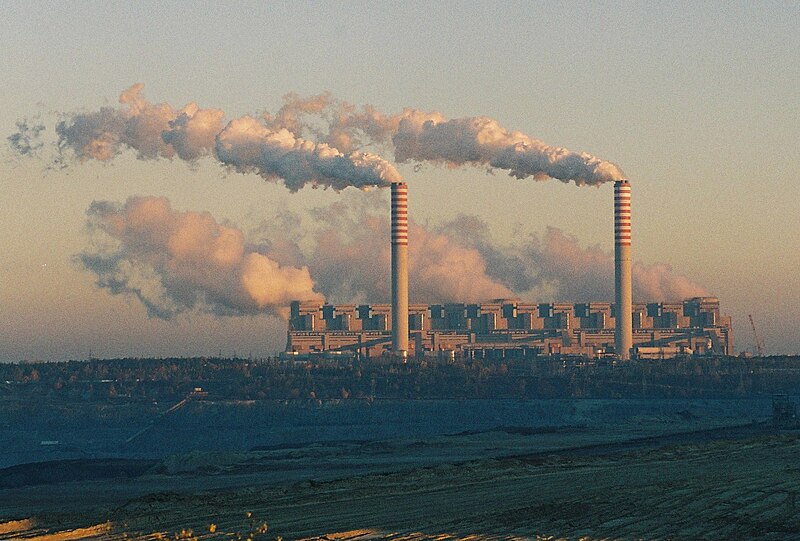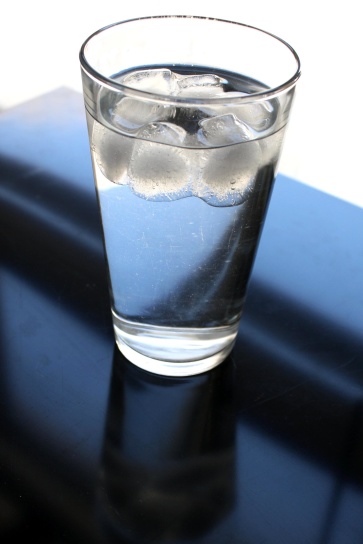Energy Changes and Rates of Reactions - Intro to Thermochemistry: Changes in Matter and Energy
let’s do some thermochemistry - the study of energy changes that accompany physical/chemical changes in matter!
in this post, we will discuss...
- changes in matter
- heat & energy changes
- types of chemical systems
1. Changes in Matter
before we can talk about energy changes, we need to discuss changes in matter. these changes can be classified as:
- physical - a change in the arrangement of molecules; does NOT produce any new substances
- e.g. melting ice, boiling water - it’s still H2O, just in different forms!
- chemical - a change in the arrangement of atoms and their electronic structures; produces new compounds
- e.g. the combustion of methane - produces carbon dioxide and water
- nuclear - a change in the nucleus of an atom; produces new atoms!
- e.g. nuclear fusion in stars - two hydrogen nuclei combine to form a helium nucleus
 |
| boiling water... yummm |
 |
| burning fossil fuels... controversial |
 |
| a star burning in space... wow! |
for the purposes of thermochemistry, we’ll mostly be dealing with chemical changes (i.e. reactions)
2. Heat & Energy Changes
when a chemical reaction occurs, a certain amount or quantity of heat (q) is transferred between substances.
an example of this is when a fire is burning!
when you're standing near a fire, you might feel hot! why might this be?
it's the fire - it's transferring heat to YOUR BODY and causing the temperature to rise!
when we discuss this type of heat transfer, you might hear the words "system" and "surroundings" used a lot.
an example of this is when a fire is burning!
| something is definitely burning! |
when you're standing near a fire, you might feel hot! why might this be?
it's the fire - it's transferring heat to YOUR BODY and causing the temperature to rise!
when we discuss this type of heat transfer, you might hear the words "system" and "surroundings" used a lot.
"system" refers to the specific thing or group of things that a scientist wants to examine. "surroundings" usually refers to the bit of the universe that interacts with the system. pretty simple!
in the previous example, whatever's burning would be the system and YOU would be part of the surroundings! pretty cool!
in the previous example, whatever's burning would be the system and YOU would be part of the surroundings! pretty cool!
 |
| if we're interested in what the ice cubes are doing, we could label them as the "system" and the glass of water as their "surroundings"! |
when heat transfers between a system and its surroundings, we measure any changes in temperature to classify the change as "exothermic" or "endothermic":
exothermic - releases heat energy from the system and normally causes a rise in the temperature of the surroundings
endothermic - absorbs heat energy into the system and normally causes a decrease in the temperature of the surroundings
if it helps, remember that “exo-” means “outer” and “endo-” means “inner”!
(NOTE: be careful not to conflate heat energy and temperature! they're similar because they both measure the kinetic energy (movement) of particles in a substance, but they're different concepts.
think about a bathtub vs a teacup full of water - even if they're at the same temperature, the bathtub contains more total heat energy than the teacup.
heat energy is the total kinetic energy of all the particles in a system and directly relates to the amount of mass in the system.
temperature is a measure of the average kinetic energy of the particles in a system.)
think about a bathtub vs a teacup full of water - even if they're at the same temperature, the bathtub contains more total heat energy than the teacup.
heat energy is the total kinetic energy of all the particles in a system and directly relates to the amount of mass in the system.
temperature is a measure of the average kinetic energy of the particles in a system.)
3. Types of Chemical Systems
open systems allow matter and energy to freely move in and out
 |
| a campfire is a common example of an open system! |
closed systems allow energy to move in and out, but not matter!
 |
| a closed starbucks cup! if you touch it, your hand may get burnt from the energy transfer - but hey! at least scalding hot coffee won't get on your hands cause a closed system wouldn't let coffee leave |
isolated systems allow neither energy nor matter to move in or out, making it an ideal system for measuring energy changes
 |
| a bomb calorimeter! these are used in professional settings cause they're the closest thing we've got to a truly isolated system - i found this nifty contraption online for about $6500! neat! |
anyway i spent really long on this post. i hope it helps :D
Comments
Post a Comment